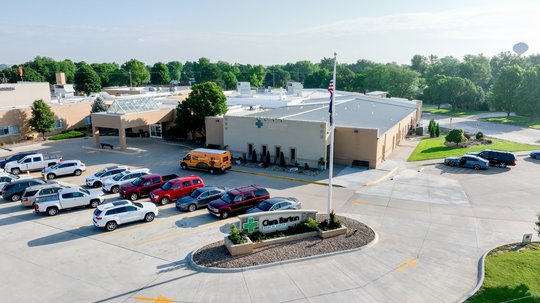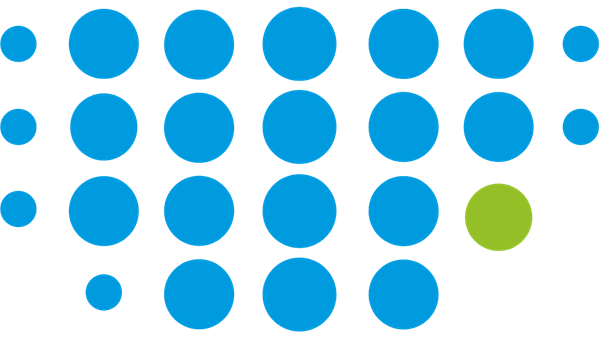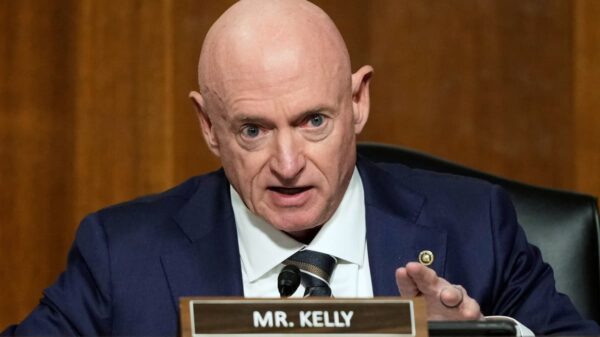The recent passage of a budget reconciliation bill has raised significant concerns regarding federal policies that appear to favor large legal entities over individual family farms. This concern was highlighted by Jonathan Coppess, an associate professor of law and policy at the University of Illinois, in an analysis published on July 17, 2023, through farmdocDAILY. The analysis scrutinizes a lesser-known provision in the bill, referred to as “Section 10306,” which modifies payment limit provisions from the 1985 Farm Bill.
Coppess argues that while the title might seem innocuous, the implications of Section 10306 are far-reaching. The amendment expands exemptions for joint ventures and general partnerships, effectively creating loopholes that could allow legal entities to maximize federal payments without any actual farming activity. He emphasizes that this provision is less about cultivating crops and more about leveraging government programs for financial gain.
The practical consequences of these changes could be substantial. For instance, Coppess illustrates how a farm structured with multiple legal entities could secure up to $1.24 million in annual federal payments. He notes that with some legal and accounting ingenuity, this amount could increase to $2.5 million or more. Such arrangements mean that certain farm operations could circumvent limits on federal funds, enabling them to grow larger at taxpayer expense.
Coppess points out that federal farm payments are effectively free for farmers with established base acres. There are no stipulations requiring a farmer to experience actual losses in the crop year, nor are there requirements tied to the crops planted for which the payments are attributed. He highlights that, unlike other federal programs, farm payments do not impose work requirements, allowing farmers to use the funds for various purposes. This flexibility could lead to inflated cash rents and land prices, adversely affecting neighboring farmers who do not benefit from these loopholes.
The analysis underscores a “stunning change” in federal law, particularly when juxtaposed with the nearly $200 billion in cuts to food assistance programs for low-income households. As Coppess articulates, while qualified pass-through entities benefit from streamlined access to federal payments, low-income individuals face increasing paperwork burdens and potential loss of assistance.
Coppess critiques the reconciliation process, suggesting it will add trillions to the national debt without achieving budgetary discipline. He warns that this new reality could signal the demise of traditional family farms. To illustrate the human impact of these changes, he presents a hypothetical scenario: a mother in a small town navigating complex paperwork to secure food assistance for her children while a farm entity manager drives by in a new pickup truck, heading to a lawyer to exploit the new loopholes.
The implications of this policy shift are profound, raising critical questions about the future of family farms in a landscape increasingly dominated by larger entities. As the agricultural sector adapts to these changes, the balance between supporting individual farmers and facilitating the growth of entities that leverage federal programs will undoubtedly remain a contentious issue.








































































